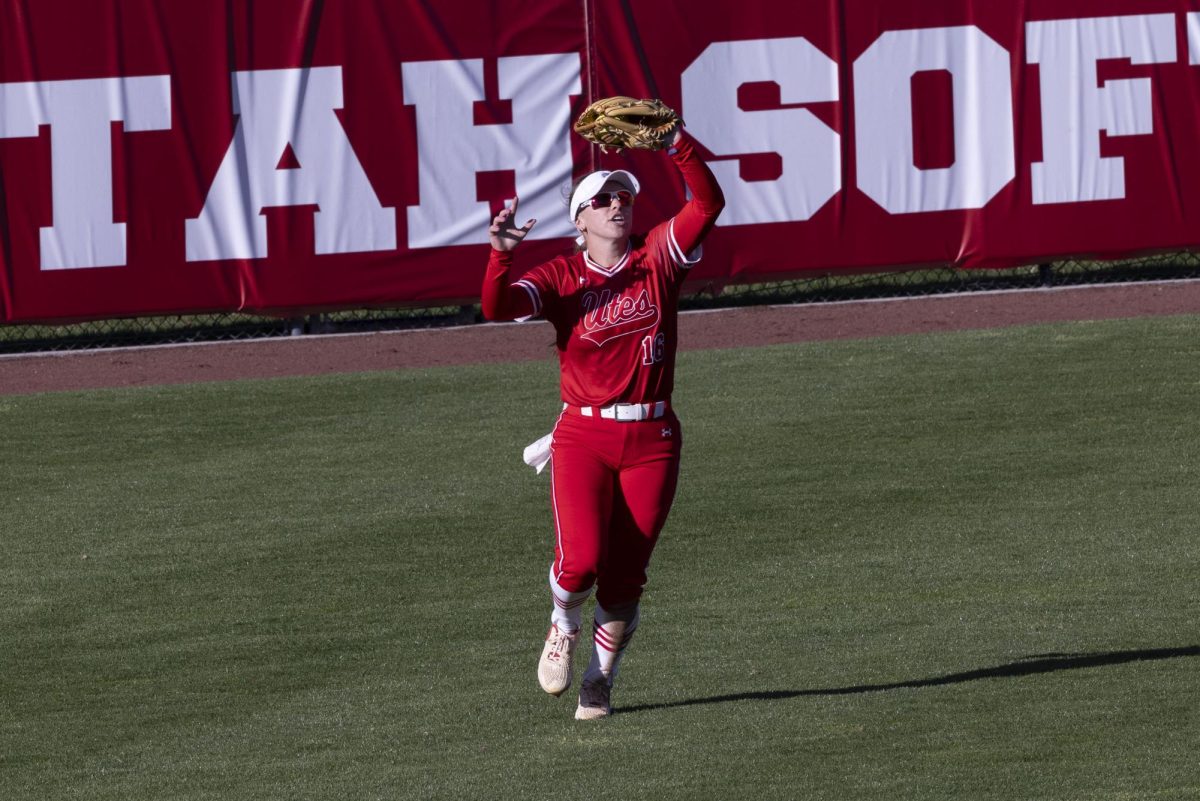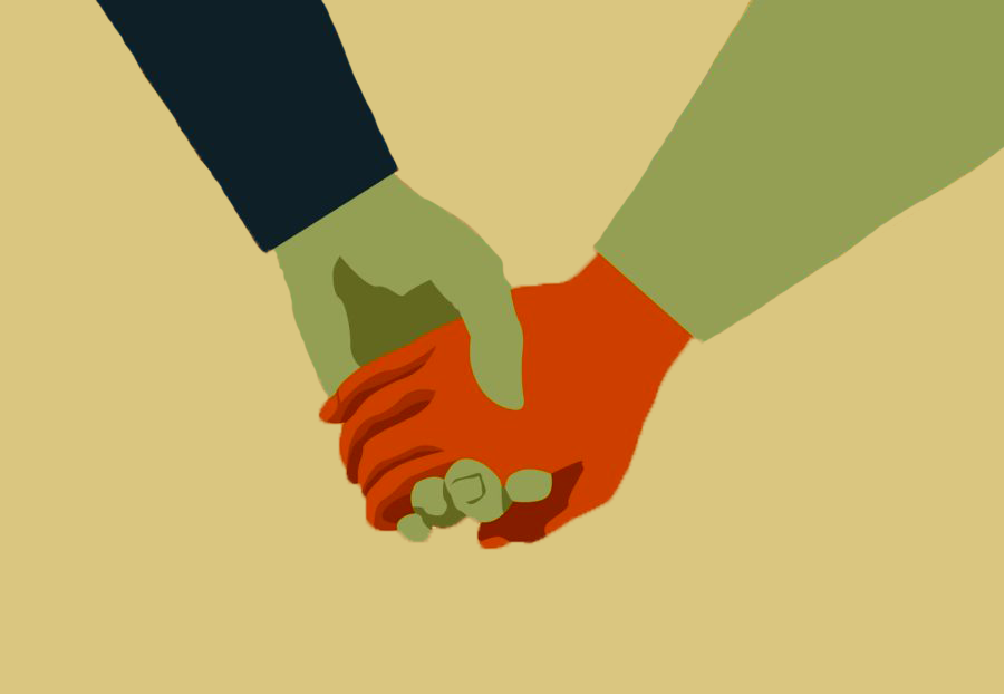When it comes to teaching children, it’s no secret that the same method rarely works for everyone. Some kids are visual learners, while others retain more information hearing lessons told aloud. Regardless of these differences, classes aren’t separated based on the ways children best learn — and for good reason. Being exposed to written, spoken and tactile methods of instruction allow children to develop versatility in the ways they learn, even if one method is easier for them than another.
This adaptability is vital in a world that doesn’t always offer information in the way we’d like it to, but special education classes rob students of this skill. The methods used in special ed classes are hugely beneficial to students, but relying on these methods alone while isolating “students with disabilities” from their peers causes more harm than good.
A recent article in The New York Times reported that over the last four years the number of children referred to occupational therapy in New York City has risen 30 percent, with similar rates elsewhere in the United States. Occupational therapy differs from special education in that it offers assistance for the tasks of everyday life, and is used not only for the disabled but also for stroke victims and those with attention disorders.
The true distinction here lies with where occupational therapy takes place: in the class, among other students. This may take the form of a pressurized vest that lends comfort to a child with autism, or a texturized blanket that helps a student with ADHD focus more effectively in class. These tools give students with learning disabilities the assistance they require without robbing them of the opportunity to communicate and assimilate with their peers. Our world doesn’t always offer exceptions and shortcuts for unique circumstances, and giving special ed students ways to cope and navigate is invaluable.
Removing special ed classes from schools has positive effects on the larger community as well. When students without disabilities learn alongside those with them, respect and understanding between the two groups abound. Further, integrating classes sends a powerful message to society at large.
Recently we’ve seen efforts to remove the stigma on disabilities of all kinds; many believe the term “disability” should be replaced by an acknowledgment that life is simply carried out in different ways. What message are we sending when existing special ed programs are testament to a belief that students with disabilities need to be isolated in order to succeed? Integrating classes helps dissipate this stigma, proving that learning can take different forms.
The last effect of such a change is one that could prove to be both advantageous and long-lasting. Students with disabilities may benefit from many of the teaching methods used in special ed classes, but each day consistently reinforces a belief that less must be expected of them because they are capable of less. They’re placed in a cycle of perceived incompetence, what many psychologists call “learned helplessness,” and as this belief turns to habit it becomes a disability more crippling than the one they already possess.
Education empowers us to innovate and improve the world around us and to grow closer to our peers in the midst of diversity and ignorance. Removing special ed classes while retaining specialized teaching methods helps students with unique needs overcome obstacles and learn to work with others and creates the foundation for a society truly accepting of all, regardless of ability.











